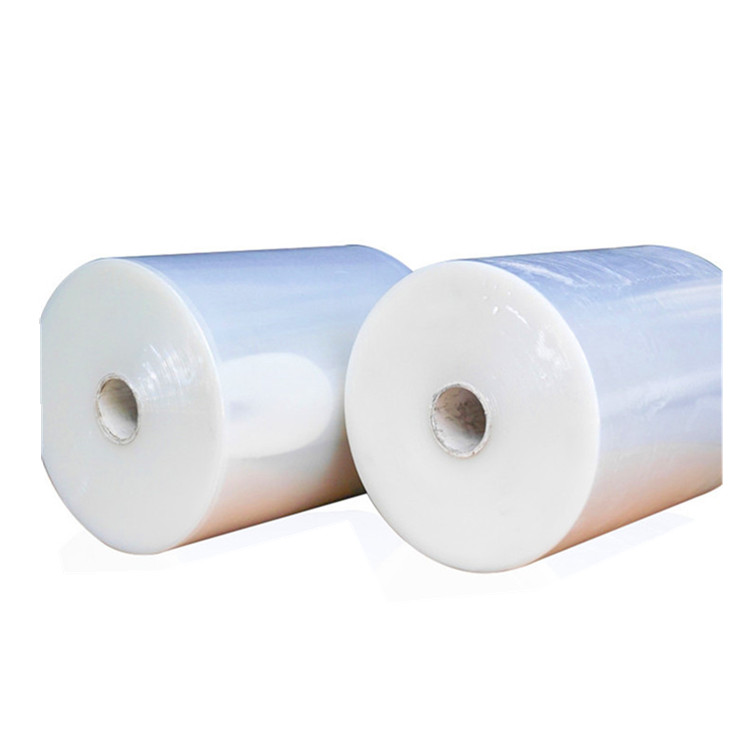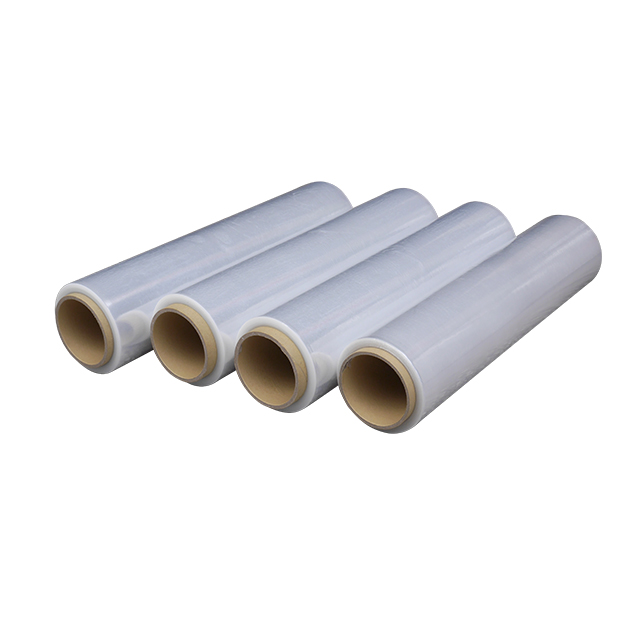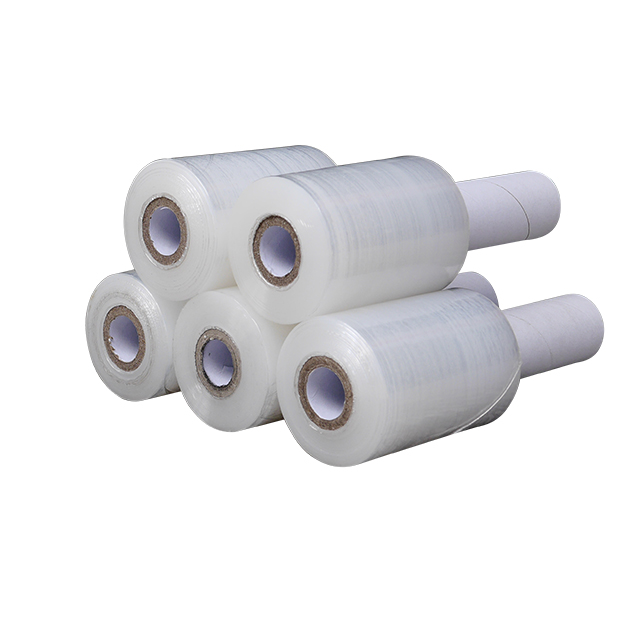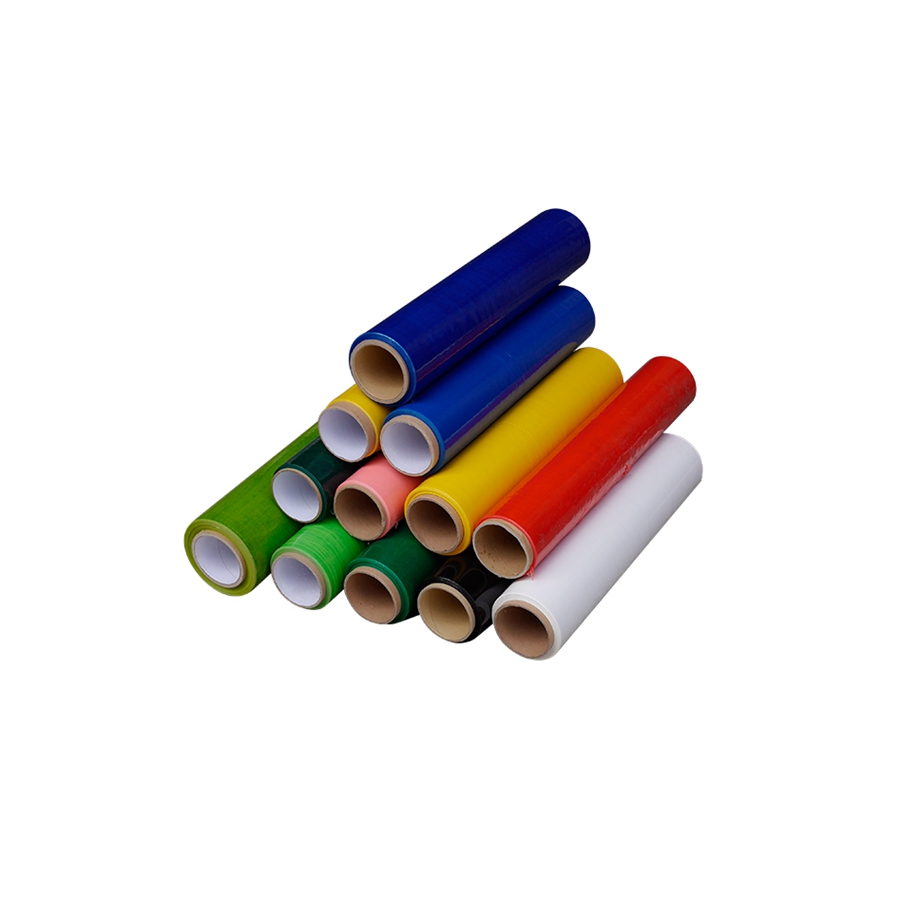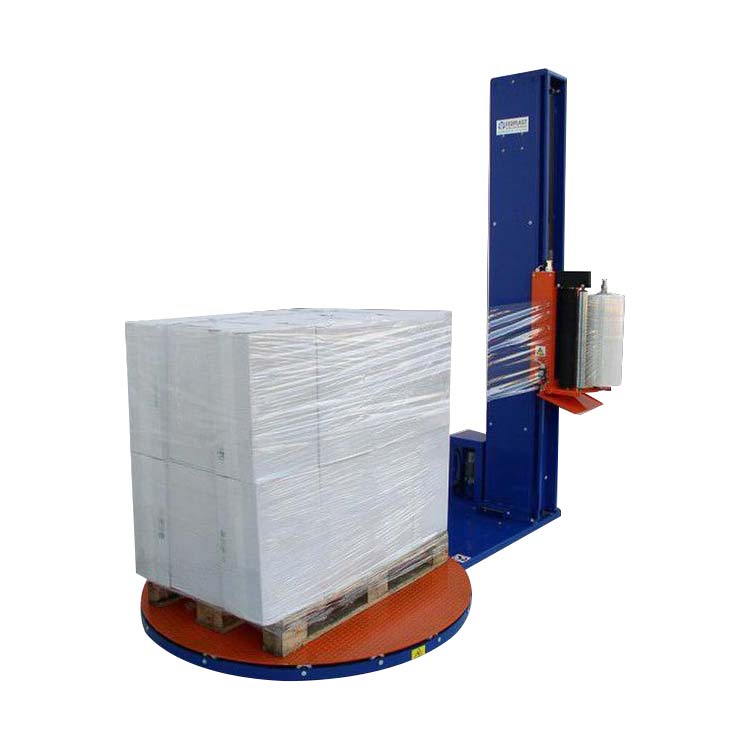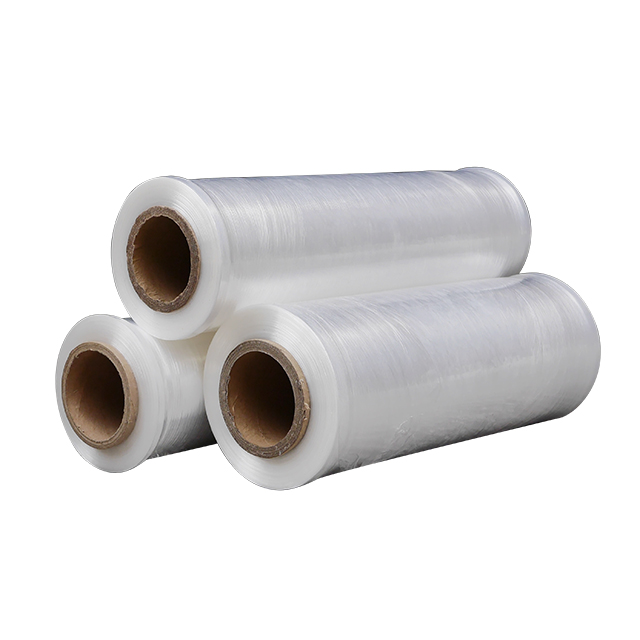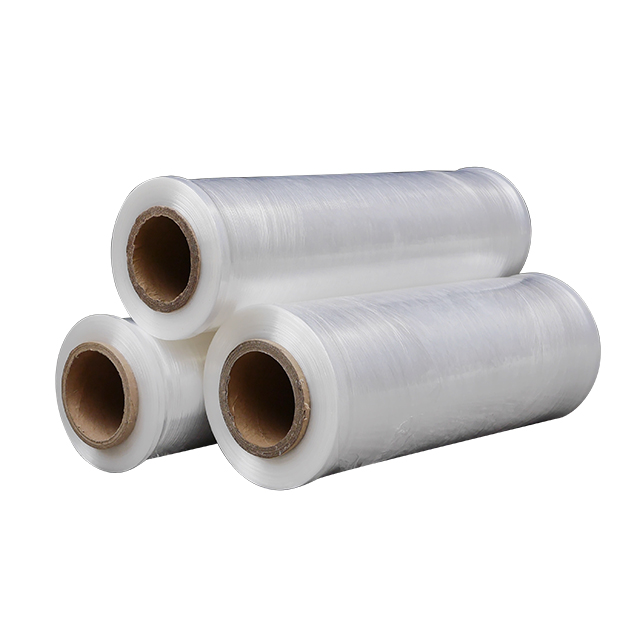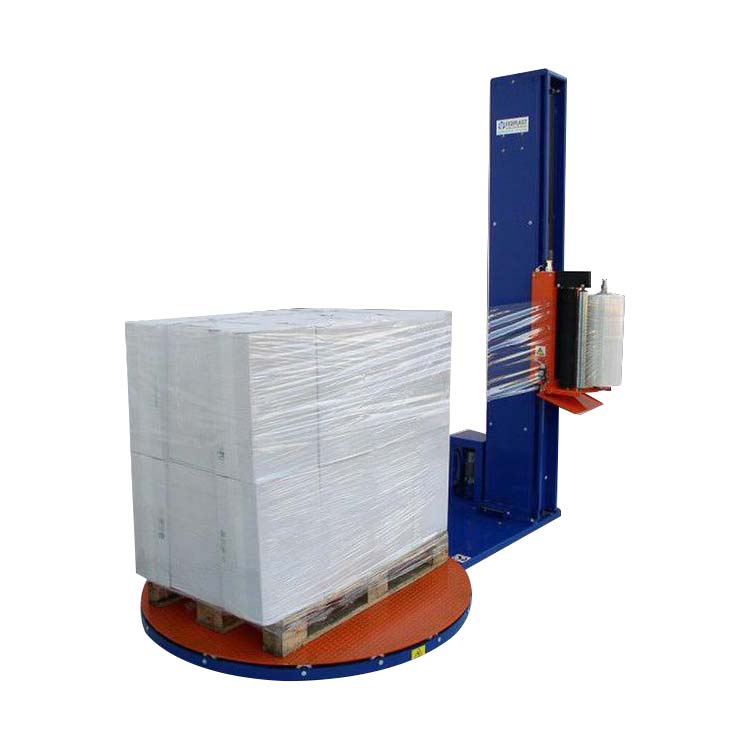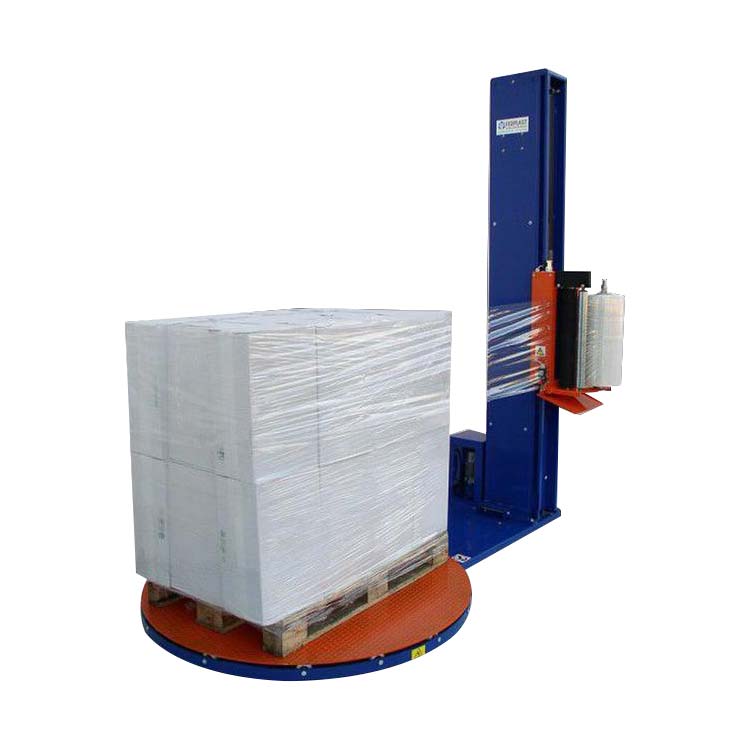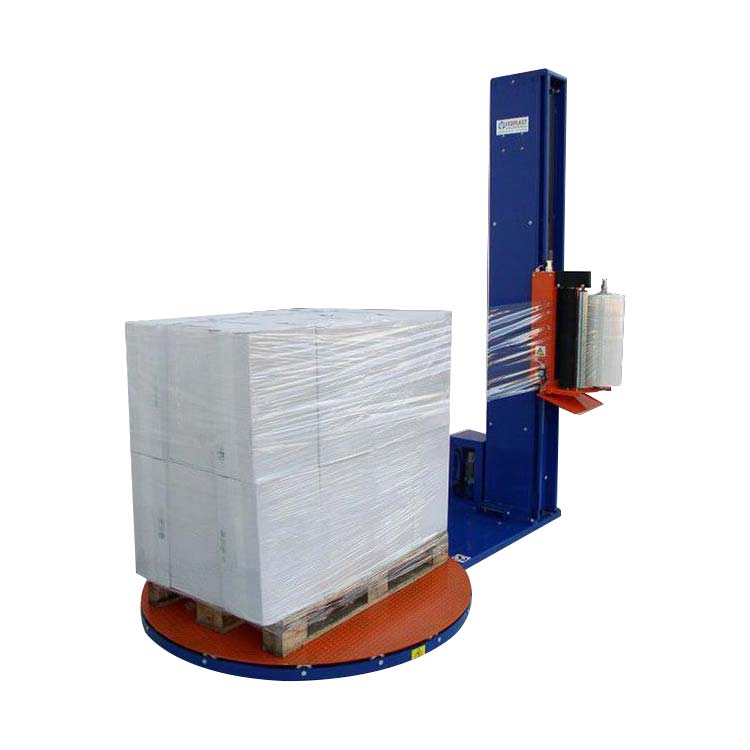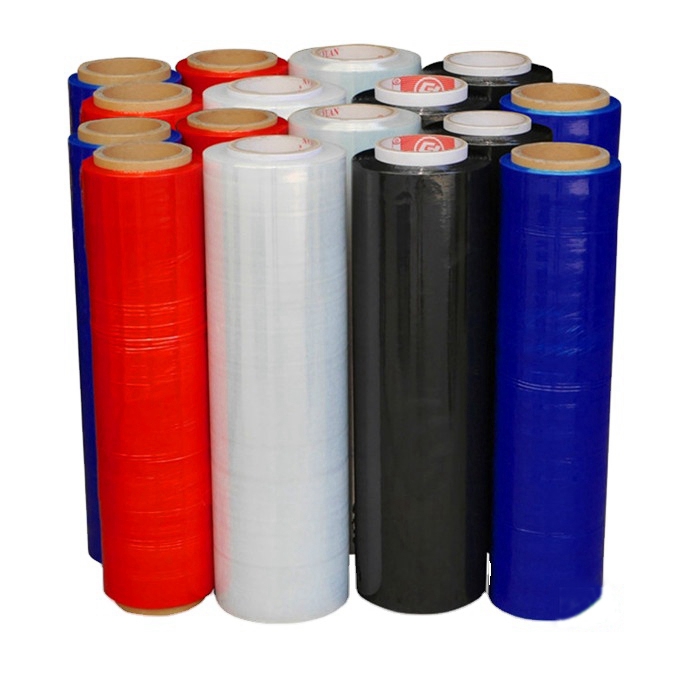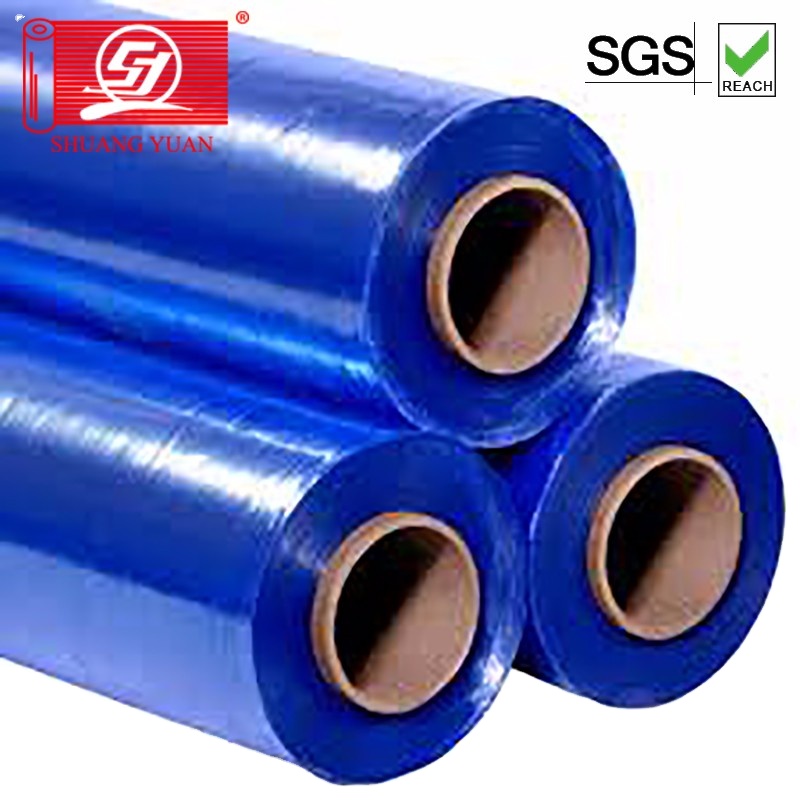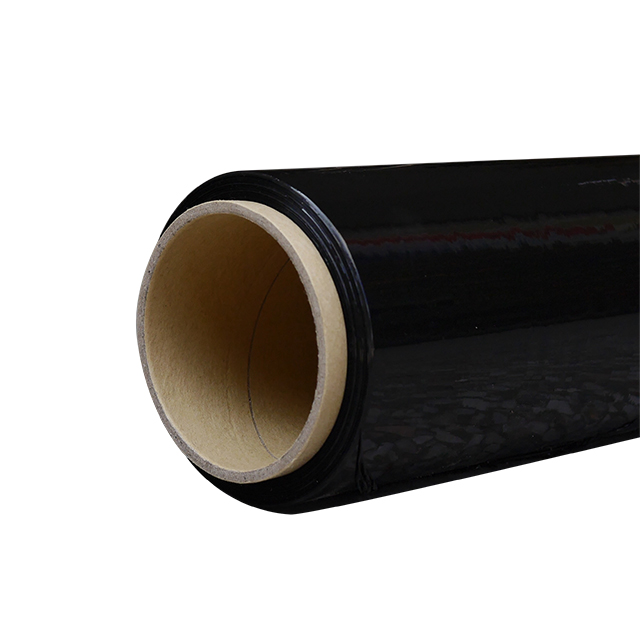Types and Applications of Stretch Film
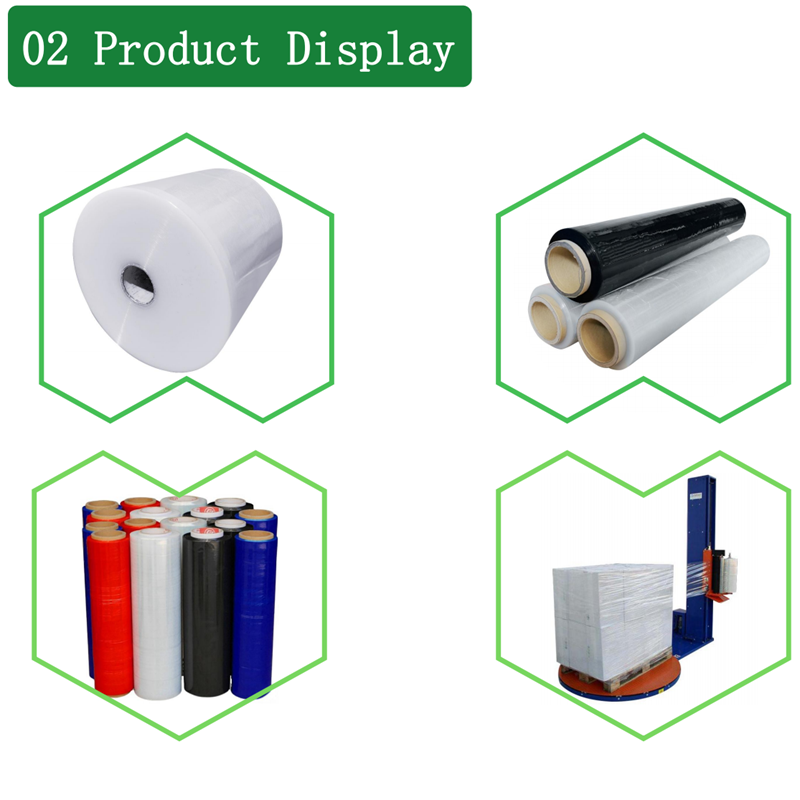
Stretch films, also known as stretch wrap, are highly stretchable plastic films used for packaging and protecting various products. They are commonly made from linear low-density polyethylene (LLDPE) and are available in different types and applications.
Here are some of the types and applications of stretch films:
Hand stretch films
These are lightweight films that can be easily wrapped around products by hand. They are commonly used for wrapping small to medium-sized items and are ideal for small businesses or warehouses.
Machine stretch films
These films are designed to be used with stretch wrapping machines, which can wrap products more quickly and efficiently. Machine stretch films are typically heavier and thicker than hand stretch films, making them suitable for wrapping large, heavy products.
These films are available in a range of colors and are often used for color-coding products or identifying different shipments.
UVI stretch films
These films are treated with ultraviolet inhibitors, which help to protect products that are stored or transported outdoors from sunlight and other environmental factors.
VCI stretch films
These films are treated with vapor corrosion inhibitors, which help to prevent rust and corrosion on metal products during storage or shipping.
Netting stretch films
These films are designed to hold products together in a bundle, such as firewood or construction materials.
Pre-stretched films
These films are stretched during the manufacturing process, which reduces the amount of stretching required during wrapping. This can help to reduce the amount of film needed, as well as the risk of product damage during wrapping.
In terms of applications, stretch films are used in various industries, including food and beverage, retail, manufacturing, and logistics. They are commonly used for wrapping pallets, bundling products together, and protecting products during shipping and storage. They provide a cost-effective and efficient way to protect products from damage, dust, and moisture, and help to keep them secure during transportation.

